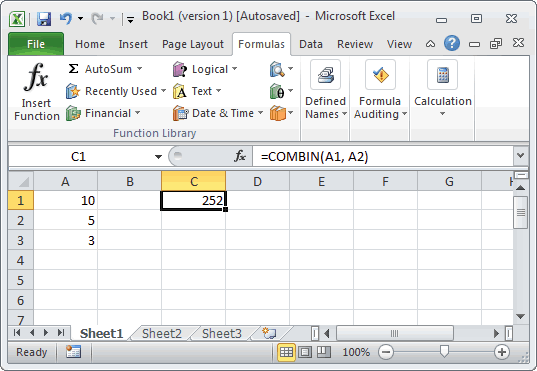Which Of The Following Is The Correct Argument(s)/syntax For The Countifs Function?


Which Of The Following Is The Correct Argument(s)/syntax For The Countifs Function

The syntax of the Countifs function is: COUNTIFS( criteriarange1, criteria1, criteriarange2, criteria2. ) Where the function arguments are as follows: Arrays of values (or ranges of cells containing values) to be tested against the respective criteria1, criteria2. (The supplied criteriarange arrays must all have the same length). The COUNTIF function is a built-in function in Excel that is categorized as a Statistical Function. It can be used as a worksheet function (WS) in Excel. As a worksheet function, the COUNTIF function can be entered as part of a formula in a cell of a worksheet. If you wish to apply multiple criteria, try using the COUNTIFS function.
Errors we are testing forSo what are the errors we are testing for using the ‘ISERROR’ function?It tests for #N/A, #VALUE!, #REF!, #DIV/0!, #NUM!, #NAME?, and #NULL!. So if our ‘value’ argument is any of these errors, the ‘ISERROR’ function will return the result ‘TRUE’. Conversely, if the ‘value’ argument is not any of these errors, the function will return a ‘FALSE’ result.This can be very useful when we would rather substitute another value in cells that would throw an error for some reason. For anyone not familiar with, it simply consists of a logical test (in this case, our ‘ISERROR’ function) and the value we choose for it to return for either the true or false result of that logical test.‘=IF(logicaltest, valueiftrue, valueiffalse)’So where the formula in cell C2 is currently ‘=A2/B2’, we will now substitute a new formula:‘=IF(ISERROR(A2/B2),0,A2/B2)’What this formula actually says that if our ‘ISERROR’ function returns ‘TRUE’, return the value ‘0’ but if it is false, return the result of the original mathematical calculation.